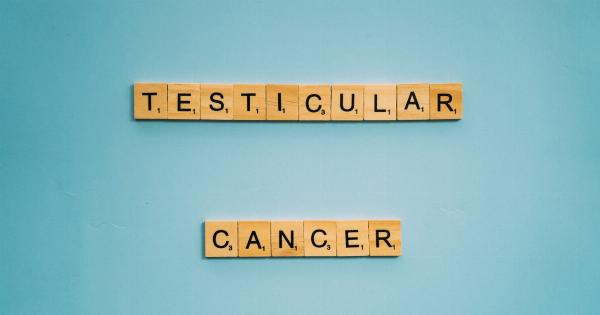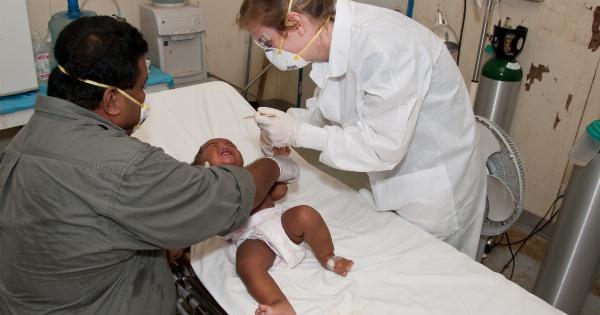Testicular lumps, also known as testicular masses or tumors, are abnormal growths that develop in the testicles. They can be benign or malignant, and early detection is essential for effective treatment.
Regular self-examination is an easy and effective way to detect any lumps or changes in your testicles. Here’s how to check for testicular lumps:.
Step 1: Choose a time and place
Choose a quiet time and private place where you can concentrate and examine your testicles without interruption or embarrassment. Many men find it helpful to do this after a shower or bath when the scrotum is relaxed and easy to handle.
Make sure your hands are warm to help you feel any lumps or changes more easily.
Step 2: Examine each testicle individually
Cup one testicle gently in your palm and use your fingers to feel the entire surface, including the front, sides, and back. Use a gentle rolling motion between your fingers and thumb to feel for any lumps or irregularities.
It’s normal for the testicle to feel slightly firm or lumpy, but any hard, solid lumps should be checked by a doctor as soon as possible.
Repeat this process with the other testicle, comparing the two for any differences in size, shape, or texture.
Step 3: Check the epididymis
The epididymis is a tube-like structure behind the testicle that stores and transports sperm. It’s normal for the epididymis to feel slightly lumpy or irregular, but any changes in size or shape should be checked by a doctor.
Gently feel along the epididymis with your fingers, starting at the top and moving down to the bottom.
Step 4: Check for other symptoms
While checking for testicular lumps, look for other symptoms such as swelling, pain, or discomfort in the scrotum. These can be signs of other conditions such as epididymitis or varicoceles, which may need medical attention.
Step 5: Repeat the exam regularly
Regular self-examination is the best way to detect any changes in your testicles. The American Cancer Society recommends that men check their testicles monthly, starting in their teenage years.
If you notice any changes or abnormalities, see a doctor as soon as possible for a professional evaluation.
When to see a doctor
If you notice any changes or abnormalities in your testicles, seek medical attention immediately. Most testicular lumps are not cancerous, but prompt diagnosis and treatment are essential for a favorable outcome.
Your doctor can perform a physical examination, order imaging tests such as ultrasound, and perform a biopsy if necessary to determine the cause of the lump.
Conclusion
Testicular lumps are a common condition that can have many causes, including benign cysts or tumors, infections, and cancer. Regular self-examination is the best way to detect any changes in your testicles and get prompt medical attention if necessary.
If you have any concerns or questions about testicular lumps or self-examination, speak with your doctor or healthcare provider.































